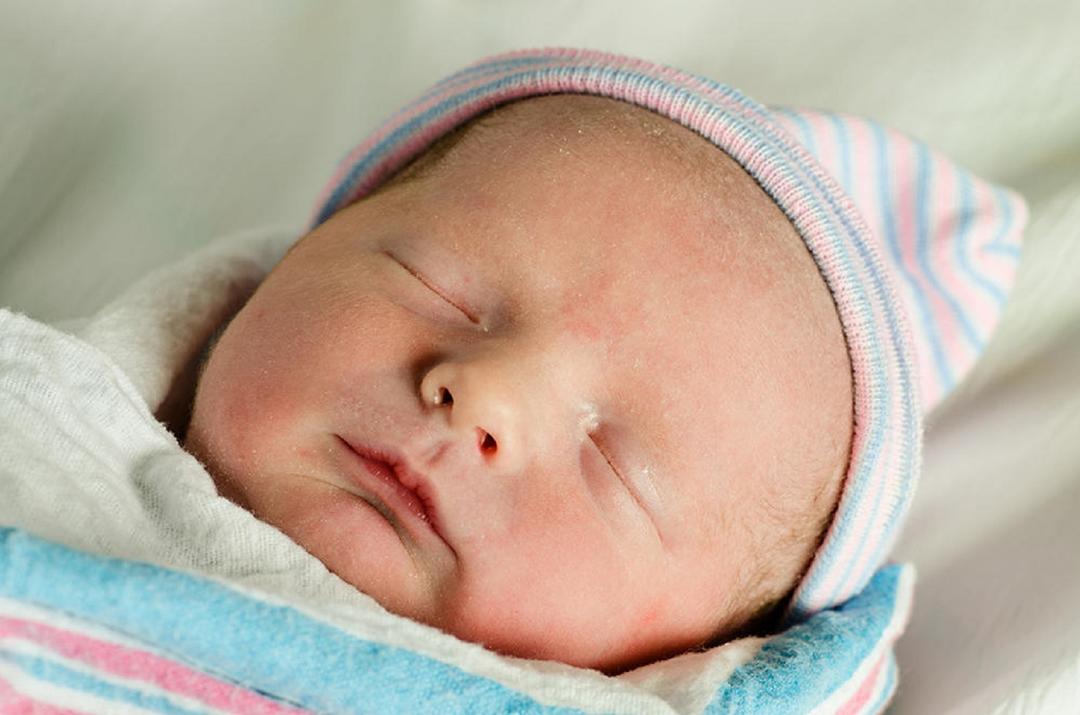
In another Kiwi word first, 114 years’ ago this weekend, the very first state-run maternity hospital was opened in Wellington.
At the beginning of the 20th century, the quality of midwives varied from caring and competent to dirty and dangerous. As Assistant Inspector of Hospitals, Grace Neill had seen first-hand the harm done by poor midwifery. She wanted to improve health care for both mothers and babies.
At this time, there was concern about the effects of high infant mortality on the future of the nation. In 1903, 81 infants died for every 1000 born. Prompted by these numbers, Premier John Seddon published a ‘Memorandum on Child-Life Preservation’ with recommendations for improving the health of infants and children: registration of midwives, state-subsidised midwives for the poor and state-controlled maternity homes. These sections were undoubtedly penned by Neill, the main proponent of these changes. She had stroked Seddon’s considerable ego by proposing that the hospitals be named ‘St Helens’ after his Lancashire birthplace.
After the legislation was passed, Neill took on the task of setting up the first (and later the second, third and fourth) St Helens Hospital. The timeframe was tight; the Liberal government dragged its heels before deciding that the hospital should be set up well in advance of the election due in December. In three weeks, Neill sourced equipment, found and leased a 24-room building in Rintoul St, Wellington, and engaged two very experienced women as matron and sub-matron.
On 29 May 1905, the hospital was ready to receive its first patients. In addition to providing care for expectant mothers, the St Helens hospitals trained midwifery students.
They were not without their critics. Both before the legislation was passed and after the hospitals were set up, private doctors complained that they were taking their patients. The economy with which the hospitals had been set up was also criticised. Lastly, there was confusion about over who the hospitals catered for – should unmarried or ‘destitute’ women be admitted, or should only ‘deserving’ working poor qualify as patients?
Seven St Helens Hospitals were set up throughout New Zealand. They were run by midwives and the Health Department until the 1960s, when control moved to the Hospital Boards. In the late 20th century they were closed or merged with other hospitals. The services of the last St Helens in Auckland were transferred to National Women’s Hospital in 1990.
NZ History





